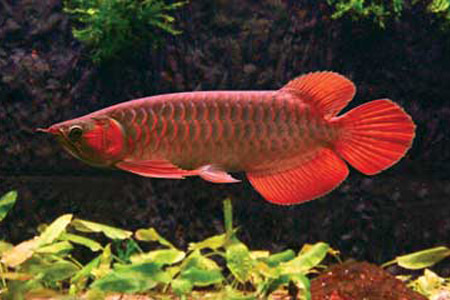
The origin of fauna in Indonesia is heavily affected by geographical and geological events on the Asian continental landmass and the Australasian continental landmass (now Australia).
The present Irian island (New Guinea) was connected with the present Australia continent. forming a supercontinent called the southern supercontinent Gondwana.
The present Irian island (New Guinea) was connected with the present Australia continent. forming a supercontinent called the southern supercontinent Gondwana.
The influence of the Asian continental landmass, on the other hand, was the result of the reformation of the Laurasia supercontinent, which existed after the breakup of Rodinia around 1 billion years ago. Around 200 million years ago, the Laurasia supercontinent split completely, forming Laurentia (now America) and Eurasia continents.
In the nineteenth century, Alfred Russel Wallace proposed the idea of the Wallace Line, a notional line dividing the Indonesian archipelago into two regions, the Asian zoogeographical region (Sundaland) and the Australasian zoogeographical region (Wallacea). The line runs through the Malay Archipelago, between Borneo and Sulawesi and between Bali and Lombok. A second line, lying east, known as the Webber Line, has also been proposed to separate between "transition species" and species of Australian origin. Although the distance from Bali to Lombok is relatively short, only about 35 kilometres, the fauna distribution is still affected by the line. For example, a group of birds would refuse to cross even the smallest stretches of open water.

Sundaland includes Sumatra, Java, Borneo and the smaller surrounding islands, share similar characteristics with Asian fauna. During the ice age, after the Laurasia break up, the main Asian continent was connected with the Indonesian archipelago. Moreover, a low sea level enabled animals from the Asian mainland to migrate to Sundaland. As a result, large species such as tiger, rhinoceros, orangutan, elephant, and leopard exist in this region, although some species are categorised as endangered species. The Makassar Strait, between Borneo and Sulawesi, and the Lombok Strait, between Bali and Lombok, which is the Wallace Line separator, mark the end of the Sundaland region.

The Wallacea represents the biogeographical transitional zone between the Sundaland to the west and the Australasian zone to the east. This zone covers of about 338 494 km² land area in total, divided in multiple small islands. Due to its distinct and varied geography this region contains many endemic and unique species of flora and fauna and has been divided into a number of distinct ecoregions; the mountain and lowland areas of Sulawesi, North Maluku, Buru and Seram in Maluku, the Lesser Sunda Islands (with Sumba a distinct ecoregion in its own right), Timor, and the islands in the Banda Sea.

The fauna from Papua region comprises a huge diversity of mammals, reptiles, birds, fishes, invertebrates and amphibians, many species of which are of Australasian origin. Ecoregions here include; the mountains of Bird's Head Peninsula West Papua, the lowlands of West Papua and Papua, the Biak Islands, Yapen island, the lowlands of New Guinea's northern coast, the mountain ranges behind the northern coast, medium and high elevations of the New Guinea Highlands, the lowlands and the swamplands of the southern coast, and finally areas of mangrove swamp scattered around the coast.


No comments:
Post a Comment